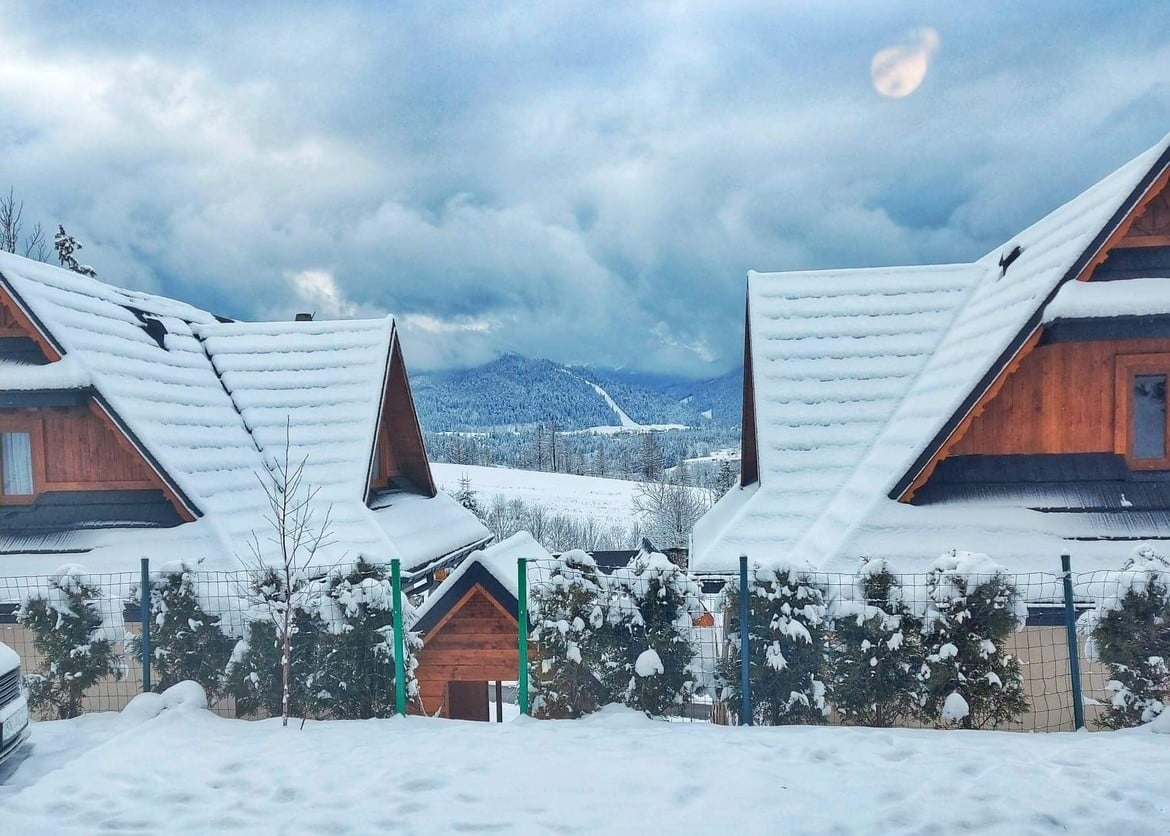Have you prepared your roof for Winter?

Winter can bring lots of fun and beauty into our lives but to enjoy it freely we’ve got some work to do on our roofs.
During this cold season snow and ice can accumulate on roofs in various quantity depending on where we live, and roof elements such as skylights, stings, and other narrow ravines can be covered with snow and ice for a long time, but with some forward-thinking you can spare yourself some headaches.
When the temperature rises, these areas will often be one of the first places where snow and ice melt.
It is important that the water always drains freely from the roof into the drainage system. Usually this is via gutters in a ponial system or rainwater reservoir.
What you can do by yourself:
- Remove leaves and debris from the edges around the skylight at least once a year so that rainwater can run off freely.
- Clean the fallen leaves and the rest of the mess from the gutters and drain pipes at least once a year.
- We recommend late autumn / early winter, when the foliage has already fallen from trees near the roof and in your neighbourhood thus wind cannot blow them over upon to your roof

- Give your roof a proper inspection! Especially after a stronger wind or a hail storm it is better to check if there are any tiles damaged or missing. Make sure that all roof elements are in place. High winds could loosen some ridges as well. If you notice this, call a roofing professional who has the appropriate tools and experiment to execute a comprehensive assessment and make any necessary repair work (scroll down for more on this point!)
- Make sure that everyone walking on your roof follows the instructions for walking correctly and safely on Metrotile roofs.

Call a qualified roofer for roof service:
- A roofer professional can provide a decent inspection of fasteners (nails) throughout the roof. Not likely but in case they have loosened or fallen out, he can replace them by new ones through an existing hole in the roof tile or to tighten the screws on the borders and profiles, if necessary. A sealing resin must be added at the contacts where the overlap alone does not guarantee waterproofness (contact of the sheet metal with the wall, etc.).
- He can safely clean all the dirt, litter, debris and leaves from the area of the shingles, around the chimney borders, gutters and other elements of the roof.
Do not risk your safety, a roofer has all the safety equipment required for a safe roof assessment job. - Poor combustion of the combustion plant causes unwanted mess around the chimney on the roof. This piece of material contains sulfur, which will certainly cause the roofing to decay in this place. If possible, we recommend replacing the combustion plant or at least removing the chimney cap, which is why the combustion residues fall onto the roof.

- Check the cap net and the air outlet from the ventilation system in the sleuth so that the wildlife did not choose a home under the roof elements, where their nests would close the ventilation system under the roof. Some animals like to “serve” with soft steamproome foil or thermal insulation underneath.
- Check the lightning installation if all conductors are mounted in the “click” system of the lightning installation mounts on the roof. Melting a large amount of snow is usually the reason for uncoating conductors from volumes. In particular, the joints of the individual conductors are checked with each other. The proper operation of the lightning system should be checked by a certified electrician. This is carried out periodically according to the rules of the profession. Urgent even after any suspicion of lightning strike.
- If solar panels are installed on the roof, regular roof service shall be carried out together with the authorised solar power plant maintenance provider. The uncoordinated implementation of maintenance work will certainly help shift responsibility in the event of problems with the roof or solar system.
So are you ready for winter?